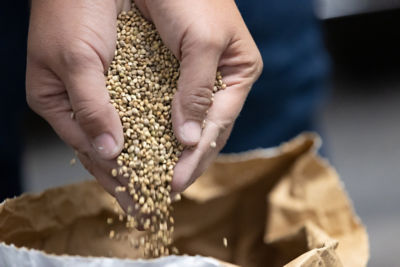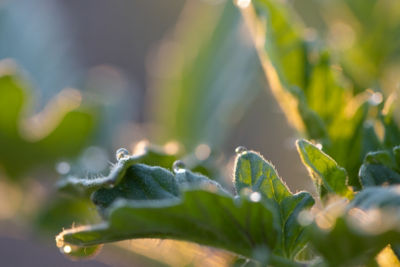Causal Agent
Environmental
Distribution
Worldwide
Symptoms
Sunscald occurs on the side of fruit exposed to direct sunlight. It first appears as a wrinkled area that can be soft and lighter in color than surrounding tissue. In peppers, this area later collapses and turns white and paper-like. The affected area often turns black due to colonization by saprophytic fungi. Sunscald primarily affects fruit, but leaves and stems also can be injured. Fruit near maturity are more sensitive to sunscald injury than immature fruit. Symptoms are similar in appearance to those of blossom-end rot, but they are consistently associated with exposure to direct sunlight.
 Close-up of dry, papery, sunken lesion on pepper fruit.
Close-up of dry, papery, sunken lesion on pepper fruit.
Conditions for Development
Fruit suddenly exposed to direct sunlight due to defoliation from disease, pruning or stem breakage are most likely to develop sunscald. Sunscald occurs when internal fruit temperature increases and tissue is damaged.
Control
To prevent sunscald, the internal temperature of the fruit should not rise above 35° C (95° F). Encourage abundant, healthy foliage with proper fertilization and irrigation. In greenhouse operations, shade plants during summer to help reduce the incidence of this disorder. Use disease-resistant varieties, and follow an effective disease and pest management program to help reduce losses due to sunscald.




